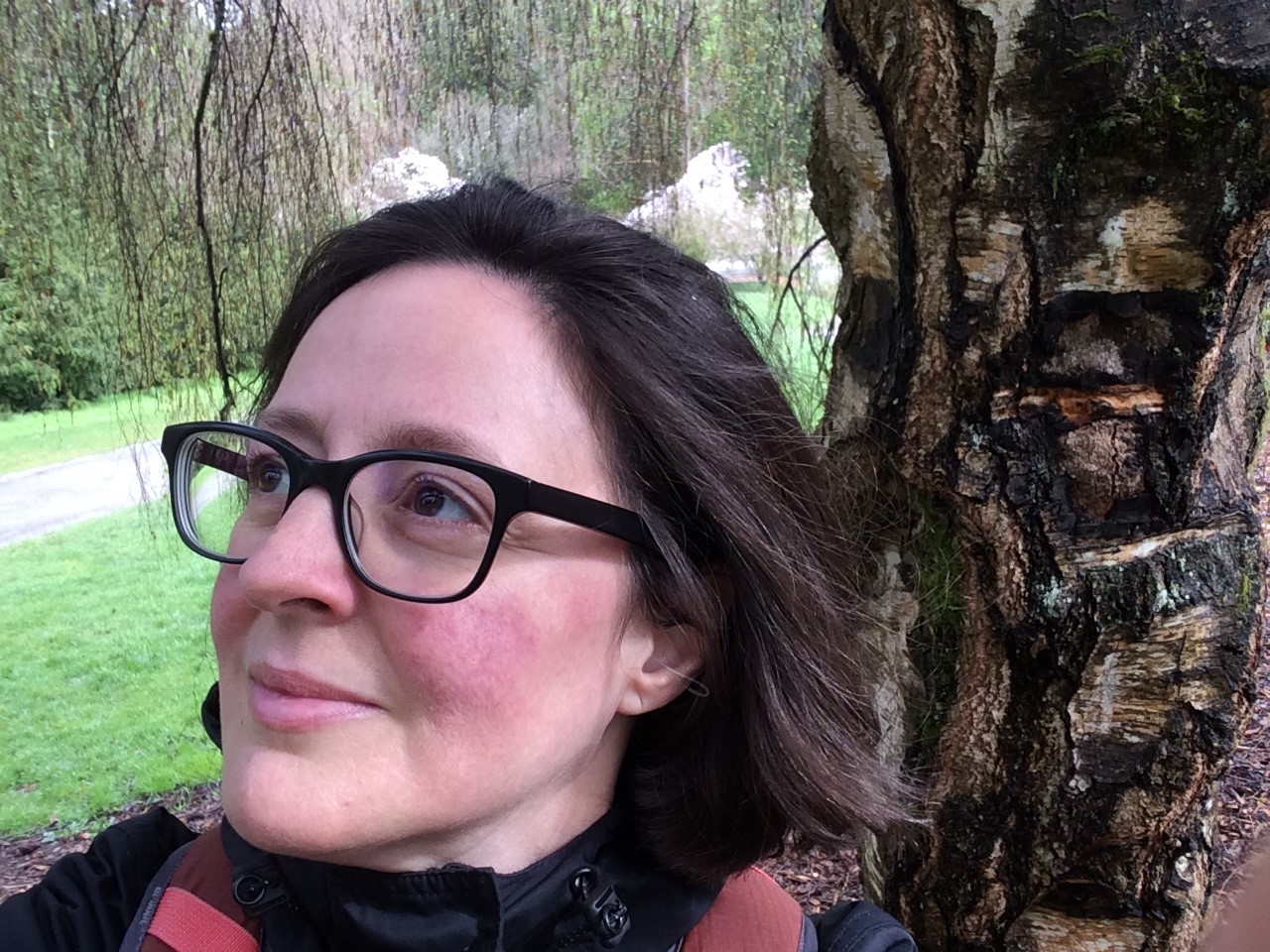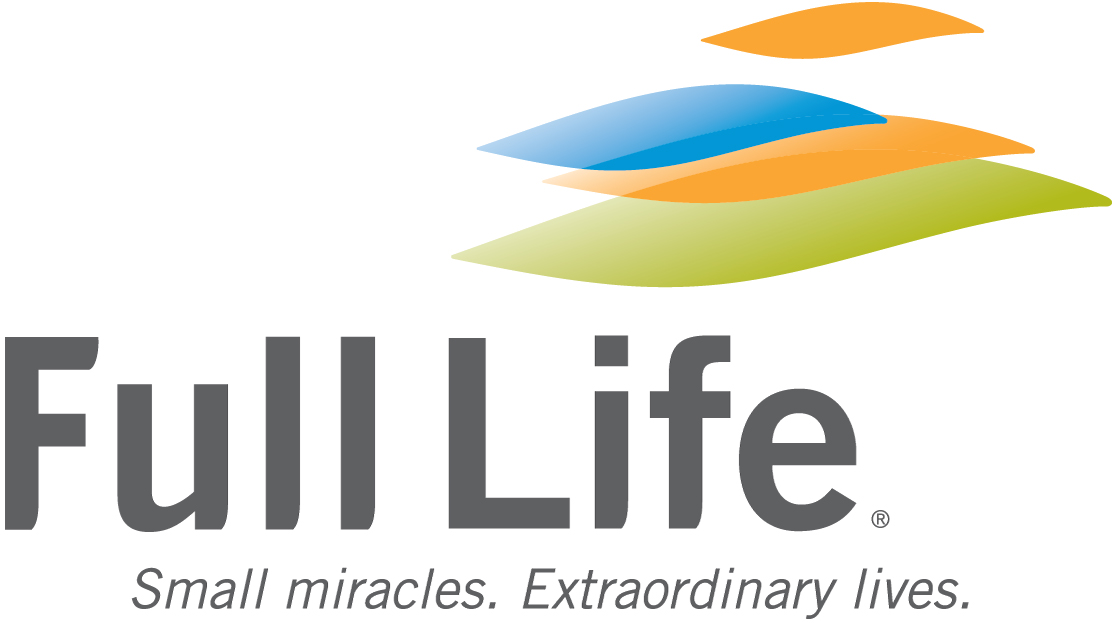Time soon to say good-bye

July 6, 2020

Evy Horton
(Evy Horton, MSc, reflects on her AmeriCorps service, which began in October 2019. Evy is serving full-time as Health and Wellness Outreach Specialist with Full Life Care’s Housing Stabilization and Supports division, and as a part of the Seattle Housing Authority Wellness program team. Her service term ends mid-August 2020.)
I was both delighted and wary when I found this unique opportunity to serve with AmeriCorps. Having recently earned my graduate degree in Physical Activity for Health, I might have been looking at a dream scenario. A role that focused both on increasing physical activity and reducing social isolation in older adults? However, I was cautious about leaving a job and workplace that I enjoyed, and colleagues whom I respected, for a 10 ½ month national service commitment.
The word “unique” also applies because, unfortunately, there aren’t many national service roles that focused on physical activity. And considering that physical inactivity is a serious threat to public health, I will hope that physical activity in its various forms will be incorporated into many future service roles.
Ultimately, of course, I did take the AmeriCorps pledge. Doing so meant committing to serve to help make the U.S. — and because we’re all connected, our planet — healthier, to strengthen communities, to get things done.
There is a third aspect of my service that is unique: COVID-19. Writing this in June 2020, in the midst of a pandemic and with 45 days of service remaining, I view my service term as two halves of a whole experience: the pre-pandemic and the other half.
Full Life Care’s Wellness program is a grant-funded partnership between Full Life and Seattle Housing Authority (SHA). The setting for my service is SHA’s Seattle Senior Housing Program, which was established to support older adults and people who live with disabilities. In fact, SHA’s SSHP has a distinctive history of its own, dating back nearly 40 years.
The first half of my service included foundational learning opportunities, such as a brilliant session that focused on poverty (i.e., how an individual does without resources, which is definitely about more than money). Full Life sponsored my training in Mental Health First Aid and to teach Tai Ji Quan: Moving for Better Balance™ (TJQMBB), an evidence-based fall prevention intervention that provides a great way for older adults to meet the physical activity guidelines for balance training.
As advertised, my service in the field was varied. With a high degree of independence, it featured in-person physical activity and other opportunities to create and strengthen social connection; I designed health promotion materials, too. There were three wonderfully different weekly coffee (and tea, too!) gatherings. (One resident brilliantly dubbed this time as “The Talk Show.”) There were exercise classes, three TJQMBB classes, and a new walking group, too. And there were countless moments that brought me face-to-face with many other residents who, while not participating directly in any class or social hour, were simply going about their diverse lives.
In mid-March, though, all this was suspended, and I began serving in what we now know as a global pandemic. Gone was on-site connection. Gone were spontaneous face-to-face interactions.
Almost immediately I developed a personal coping tactic: Use the phrases “right now” and “for now” — a lot. Right now (see?), service continues to happen remotely, a word that resonates more deeply these days. Doing wellness outreach via telephone, contacting many residents I’ve never and may never meet, was nothing I anticipated. But for now (!), serving in this way continues the goal of breaking up social isolation. And I am certainly reminded of something I knew in my first half of service: Full Life’s services — including Home Care, Health Home, ElderFriends and Housing Stabilization and Supports — are essential all the time.
As the only AmeriCorps member for Full Life/SHA and during this disruptive, worrying, and painful time, I find I feel a distinct and perhaps even deeper sense of pride about my service. I thank both organizations for their commitment to the Wellness program for older adults. And I am especially grateful to the residents of SHA’s SSHP10 buildings—for allowing me to support their well-being and to the health of their communities, too. I miss being with you! But this big, heavy, and joyful service experience has made my own life much more full.
